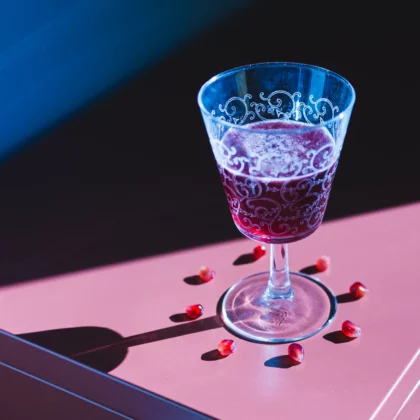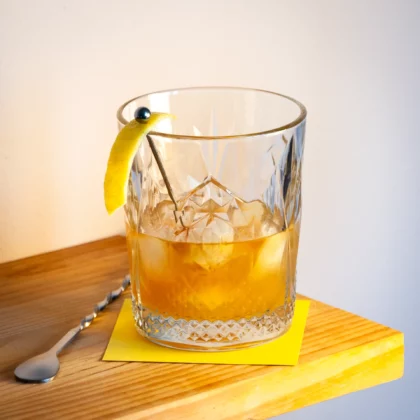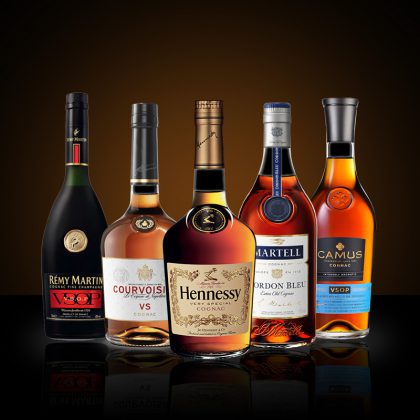Once upon a time was… The Sidecar !
The Sidecar cocktail is considered a classic cocktail and was first mentioned in writing in Harry McElhone’s 1922 “Barflies and Cocktails” book.
Despite the uncertainty about the cocktail’s origin, it became very popular in the 1920s and 1930s, and since then, it has remained a staple in many bars and featured in cocktail books.
The Sidecar is an excellent example of a cognac drink that has stood the test of time, and its popularity continues today; it is a very well-balanced cognac cocktail.
They lived happily and had a lot…

The Sidecar ID card
- It’s a classic cocktail
- Born in the early 1900’s
- Preparation time: 3 minutes
- Nutrition Facts (per serving):
- 203 Calories
- 0g Fat
- 10g Carbs
- 0g Protein
The perfect glass for a Sidecar cocktail
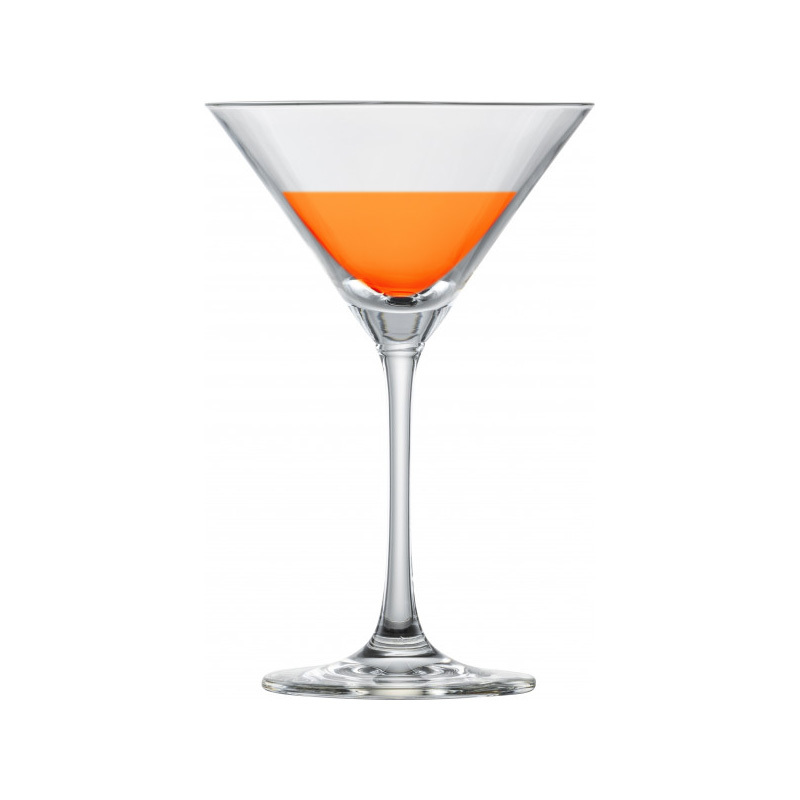
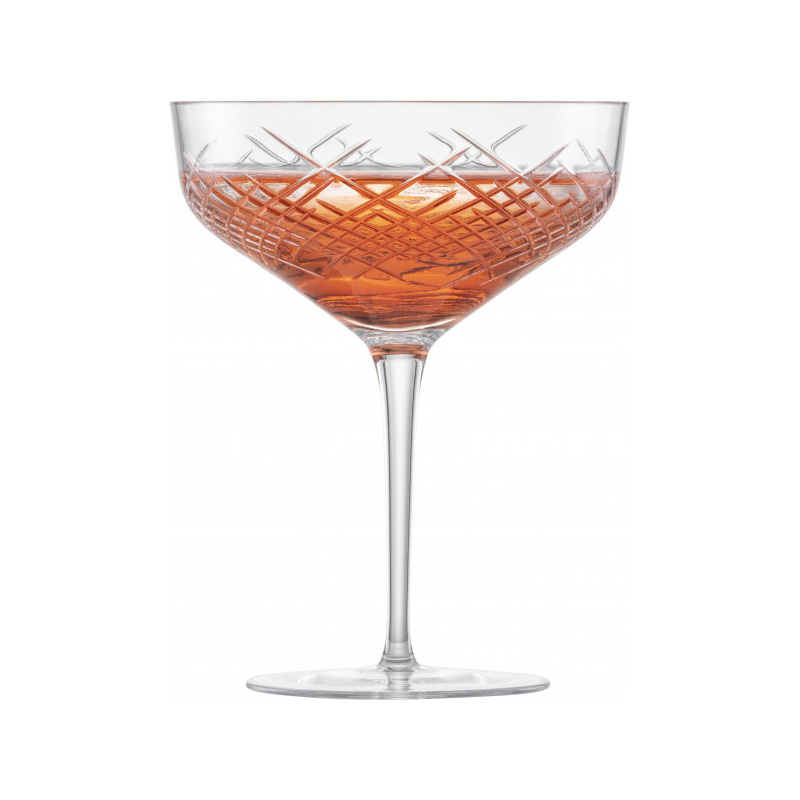
Sidecar ingredients
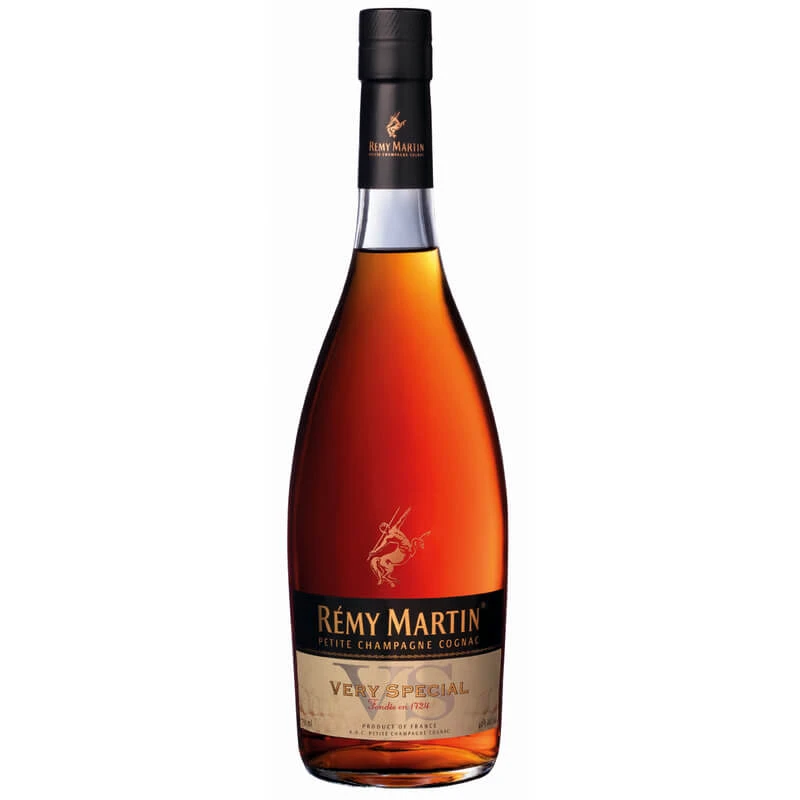
(VS or VSOP)

Cointreau or Grand Marnier or Aperol…
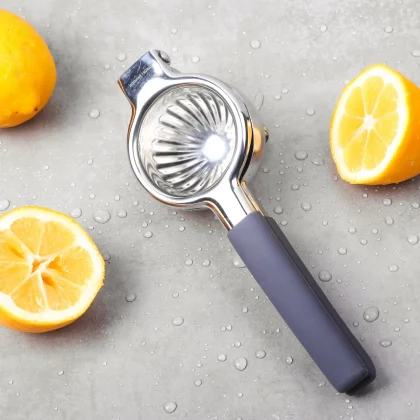

Sidecar garnish
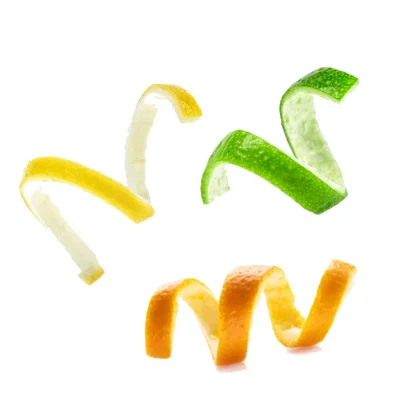
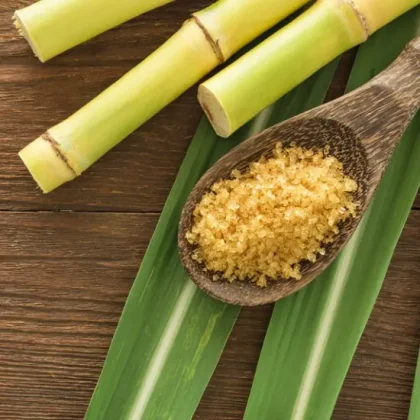
Sidecar recipe
- If desired, coat the rim of a coupe glass with sugar rim, and set aside.
- Add the cognac, orange liqueur (Cointreau, Grand Marnier, Aperol, Bols…), and lemon juice to a shaker with ice and shake until well-chilled.
- Strain into the prepared glass.
- Garnish with an orange twist.
- Savor!
Funny facts
After serving in the First World War in the Royal Navy Air Service, Harry MacElhone became a bartender in England in London in 1919.
In 1931, Harry baptized this cocktail the “Sidecar”, in homage to his former captain of the First World War, who traveled in the vehicle of the same name!
Sidecar Tips
For a flawless sidecar, follow these essential tips:
1. Serve it cold: The hallmark of a top-notch sidecar is its icy chill. Start by cooling your cocktail glass and shake the concoction over ice until the shaker’s exterior turns frosty. A frosty glass and a super-chilled drink are the secrets to a stellar sip.
2. Bring notes: Experiment with various cognacs (VS, VSOP), orange liqueurs (Cointreau, Aperol, Bols…), and different proportions of the core trio, and maintain a drink diary. Jot down the details of each experiment to chronicle your creative process. This record will be invaluable in perfecting your ideal sidecar recipe.
3. Pursue balance: When selecting your base liquor, brandy, or another spirit, tread carefully with the other components. Striking the proper equilibrium between sweetness and sourness is paramount. Excessive lemon or liqueur can swiftly overpower the intended flavor.
Remember, the path to cocktail perfection is a delightful adventure. So, embrace the art of mixology, and let your taste buds guide you in crafting the ultimate sidecar. Cheers to your mixological mastery! 🍹
Is the Sidecar a strong cocktail?
The Sidecar is a short drink, small but not in potency. It’s heavy on the liquor, typically using an 80-proof base like brandy. This results in an average ABV of around 26% (52 proof), aligning it with classics like the Martini and Manhattan. So, when you sip a Sidecar, you sip a strong and flavorful cocktail. Drink responsibly! 🥃
Sidecar History
In the world of cocktail origin tales, there’s a medley of stories about who crafted the first sidecar and where it all went down. As per David Embury’s “The Fine Art of Mixing Drinks” from 1948, one of the usual suspects suggests the sidecar’s birthplace was a cozy Parisian cafe—probably Harry’s New York Bar—right smack amid World War I.
But wait, another contender steps into the ring. Holding it down at the Paris Ritz Hotel around the same time, Frank Meier claims ownership of this classic concoction.
Now, shifting gears to London, we’ve got Pat MacGarry of the Buck’s Club, rumored to be the lair of the French 75. Harry MacElhone, the honcho behind Harry’s New York Bar in Paris, nods to MacGarry in his 1922 book, “Harry’s ABC of Mixing Cocktails.” And guess what? Robert Vermeire in “Cocktails and How to Mix Them” from the same year backs up MacElhone’s play.
But here’s the kicker: MacElhone, the man running the show at Harry’s New York Bar, was a stand-up guy. He didn’t swipe credit for drinks that weren’t his. So, who’s the real deal? That’s the million-dollar question.
What’s for certain is that the sidecar stands tall as a classic sour sipper. In the early 1900s, during the golden age of cocktails, sours like the brandy daisy, whiskey sour, and margarita were born alongside it. The origins might be a mystery, but one thing’s clear—sip, savor, and enjoy the timeless allure of the sidecar. Cheers! 🍸
